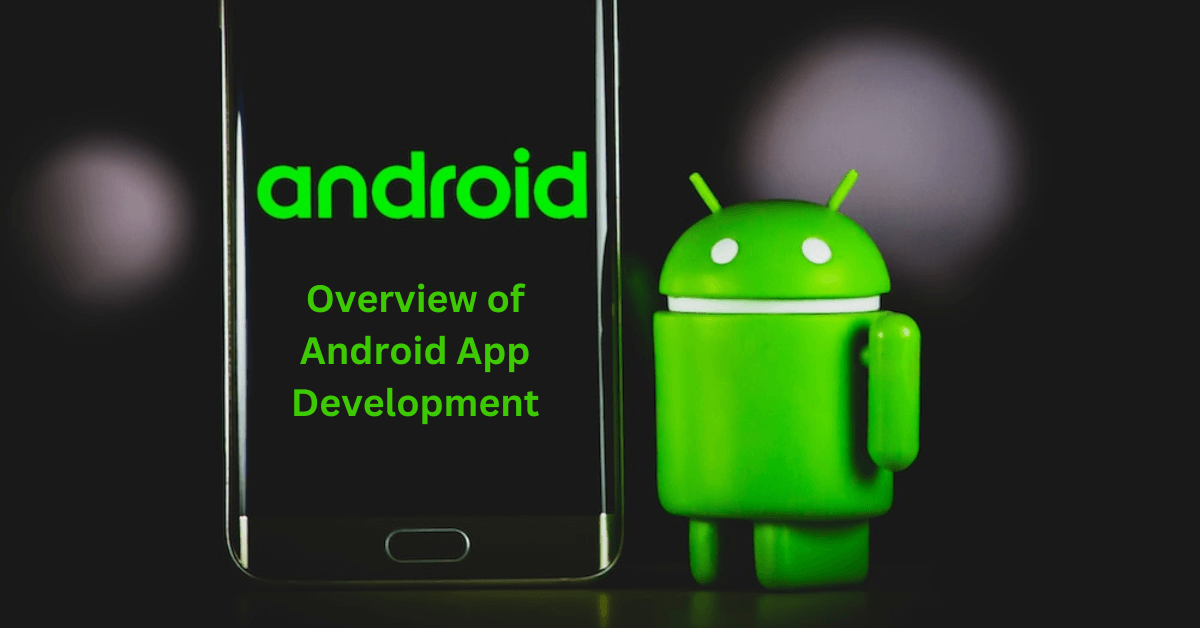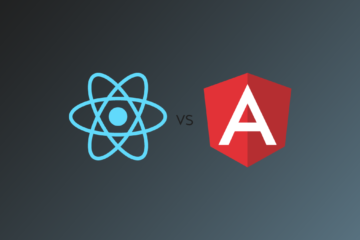An Overview Of Android App Development: From Idea To Execution
The process of developing applications for gadgets using Android operating systems is known as Android development. Globally, the Android operating system is the one with the most installed bases among all the various mobile platforms. Android is the operating system for hundreds of millions of mobile devices in more than 190+ different nations.
Google created the open-source Android platform, which has overtaken Apple as the most popular mobile operating system worldwide. The languages Kotlin, Java, and C++, as well as Ktor, Firebase, Sqlite, and My Sql, can all be used to create Android apps.
Developing an Android app involves several stages, from conceptualizing the idea to executing it as a fully functional application. Here’s an overview of the Android app development process:
Idea Generation:
- Identify a problem or a need that your app can address.
- Conduct market research to understand the competition and target audience.
- Refine your idea and define its unique selling points.
Define The App Features:
- Create a list of features and functionalities your app will offer.
- Prioritize the features based on their importance and complexity.
- Consider user experience (UX) and interface design (UI) during feature planning.
Create a development environment:
Install Android Studio, the official IDE for Android development, which gives you access to a wide range of tools for creating Android applications. In addition to a code editor for writing your app’s code, Android Studio comes with an emulator for testing your app on computerized devices.
Design the user interface (UI):
Create a visually appealing and user-friendly UI for your app. Android Studio provides a drag-and-drop UI designer called Layout Editor, making it easier to design your app’s screens and layouts.
Write the app's logic:
Implement the functionality of your app using Java or Kotlin. This includes handling user interactions, data processing, networking, and other tasks specific to your app’s purpose.
Test your app:
Use the Android Emulator or connect physical devices to test your app’s behavior and ensure it functions correctly across different screen sizes and Android versions. Write unit tests and UI tests to verify the app’s functionality and catch any bugs or issues.
Optimize and publish your app:
Fine-tune your app’s performance, optimize battery usage, and make any necessary improvements based on user feedback and testing results. Ensure your app follows best practices, adheres to Android design guidelines, and provides a smooth and engaging user experience.
Publish your app:
Once your app is thoroughly tested and ready for release, you can publish it on the Google Play Store, making it accessible to millions of Android users. Prepare the necessary app assets, create a developer account, and follow the publishing guidelines provided by Google.
Throughout the entire process, it’s essential to follow best practices for app development, ensure a smooth user experience, and prioritize security and privacy considerations.
Conclusion:
It’s worth noting that Android development is not limited to smartphones and tablets. Android apps can also be developed for other devices like smart TVs, wearables, and IoT devices, offering a wide range of possibilities for developers.
As Android continues to evolve, staying updated with the latest development tools, frameworks, and libraries is essential to leverage the platform’s full potential and deliver high-quality apps to users.







